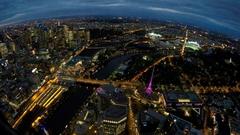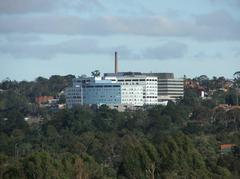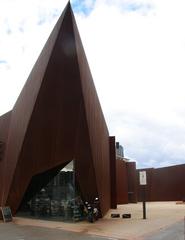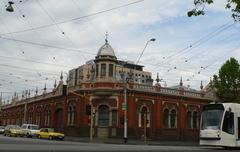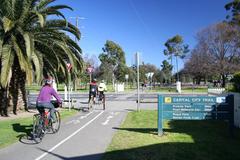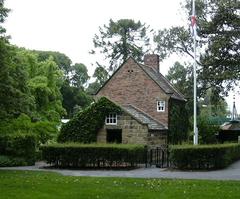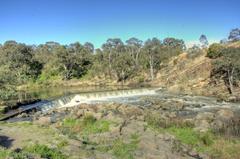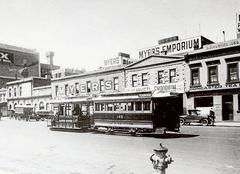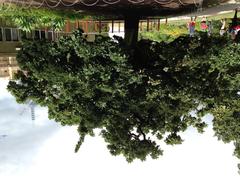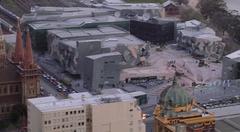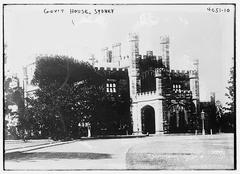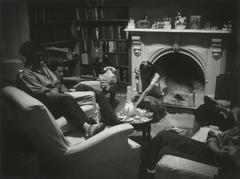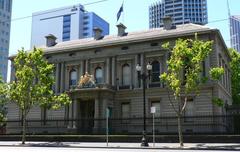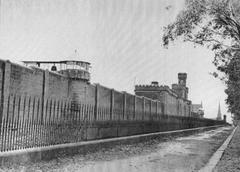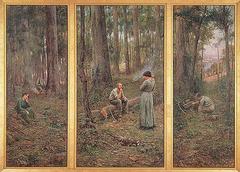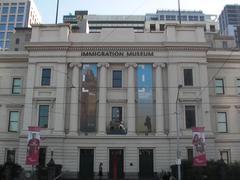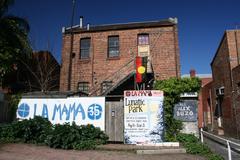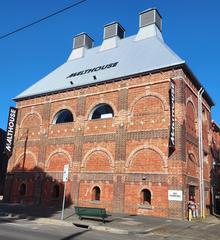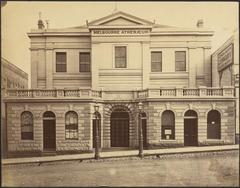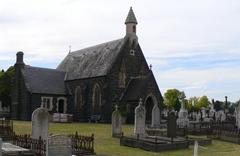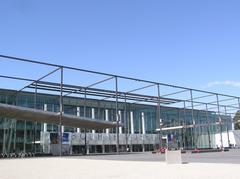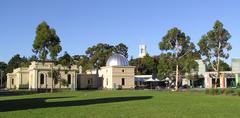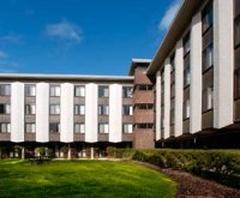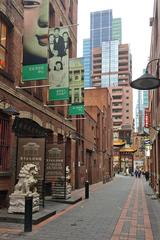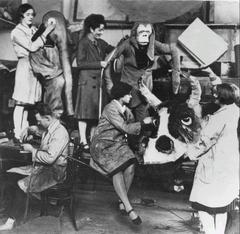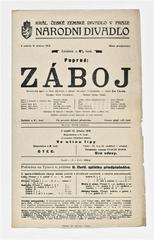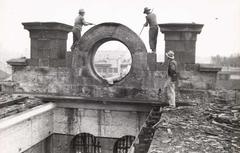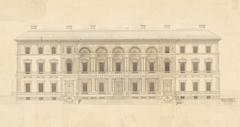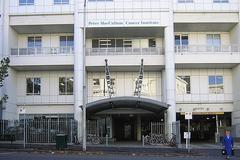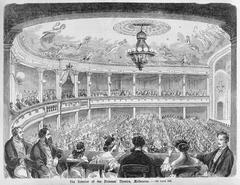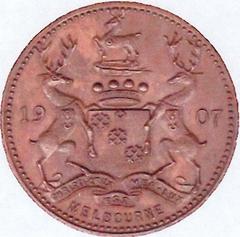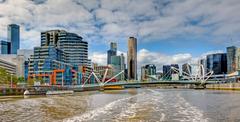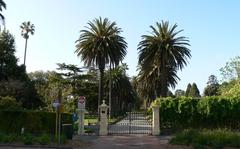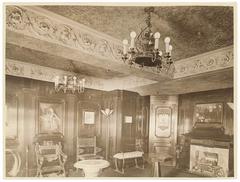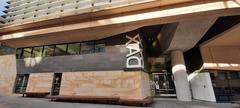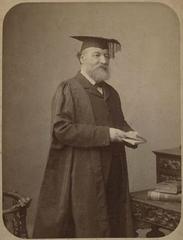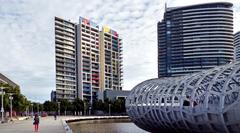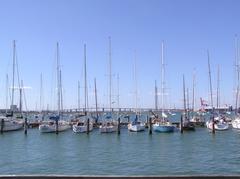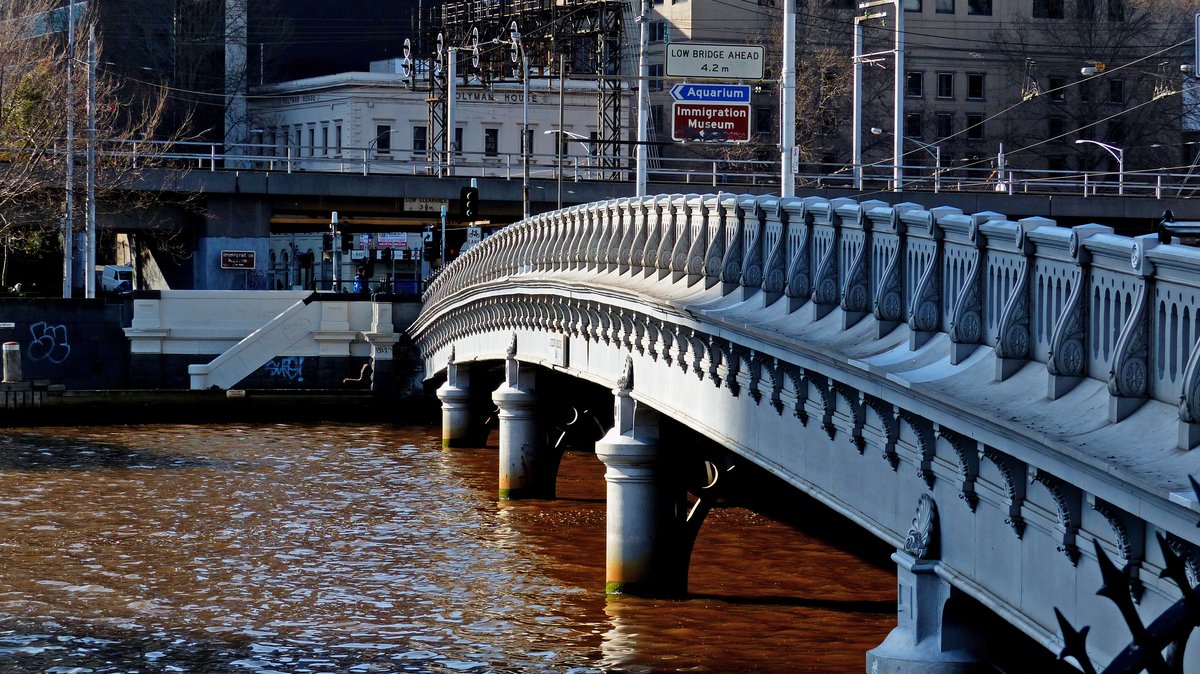
Visiting William Street in Melbourne: A Complete Guide
Date: 19/07/2024
Introduction
William Street, one of the primary thoroughfares in Melbourne, Australia, offers visitors a deep dive into the city’s historical and cultural narrative. Named after King William IV and established in the 1830s by surveyor Robert Hoddle, this street has evolved alongside Melbourne, bearing witness to significant events from the Victorian Gold Rush to the present day (source). Today, William Street stands as a testament to Melbourne’s rich heritage, boasting architectural marvels such as the Supreme Court of Victoria and the Royal Mint (source, source). It also serves as a bustling hub within the city’s legal and financial districts, home to major institutions and cultural landmarks like the Immigration Museum (source). Whether you’re a history enthusiast, an architecture aficionado, or a curious traveler, William Street offers a multifaceted experience that encapsulates the essence of Melbourne.
Table of Contents
- Introduction
- Early Development and Establishment
- Gold Rush Era and Economic Boom
- Architectural Significance
- Role in Melbourne’s Legal Precinct
- Transportation and Infrastructure
- Modern Developments and Urban Renewal
- Cultural and Social Impact
- Preservation and Heritage Listings
- Visitor Information
- FAQs
- Conclusion
Early Development and Establishment
William Street, named after King William IV, dates back to the mid-19th century. Designed by Robert Hoddle in 1837 as part of the Hoddle Grid, it remains a central element of Melbourne’s CBD. The grid structure was crucial in shaping Melbourne’s urban landscape, providing a navigable and well-organized city layout (source).
Gold Rush Era and Economic Boom
The 1850s gold rush brought wealth and population to Melbourne, transforming William Street into a bustling hub for commerce and trade. Grand structures like the Royal Mint, established in 1869, epitomize the era’s prosperity (source).
Architectural Significance
William Street boasts numerous architecturally significant buildings. The Supreme Court of Victoria at 210 William Street, completed in 1884, is a stunning example of Renaissance Revival architecture (source). The Olderfleet Buildings at 477-495 Collins Street, known for their Gothic Revival style, are listed on the Victorian Heritage Register (source).
Role in Melbourne’s Legal Precinct
William Street is central to Melbourne’s legal district, housing key institutions like the Supreme Court, County Court of Victoria, and Federal Court of Australia. These courts contribute to the street’s dynamic atmosphere and underscore its importance in the administration of justice (source).
Transportation and Infrastructure
Transportation has been vital in William Street’s development. Horse-drawn trams in the late 19th century and electric trams in the early 20th century facilitated movement. Today, the street is serviced by several tram routes, integral to Melbourne’s public transport network (source).
Modern Developments and Urban Renewal
Recent decades have seen significant urban renewal on William Street, blending historical preservation with modern development. High-rise buildings now complement heritage structures, creating a dynamic urban environment reflecting Melbourne’s evolution (source).
Cultural and Social Impact
William Street hosts several cultural institutions, including the Immigration Museum in the Old Customs House, which delves into Victoria’s immigration history (source). The street also serves as a venue for public demonstrations and cultural festivals, highlighting its role as a communal gathering place.
Preservation and Heritage Listings
Efforts to preserve William Street’s historical significance have led to heritage listings for several buildings, protecting its unique character (source).
Visitor Information
Visiting Hours
Most heritage sites and museums along William Street are open from 10 AM to 5 PM daily. Check specific venues for exact hours.
Ticket Prices
Pricing varies by site. The Immigration Museum, for example, charges a nominal entry fee, while some historical buildings offer free admission.
Nearby Attractions
William Street is conveniently located near other attractions like the Melbourne Aquarium and the Crown Casino, making it easy to plan a full day of exploration.
FAQs
Q: What is the best time to visit William Street? A: The best time to visit is during the spring and autumn months when the weather is pleasant.
Q: Are there guided tours available? A: Yes, several guided tours are available that cover the historical and architectural highlights of William Street.
Q: Is William Street accessible for people with disabilities? A: Most buildings and public transportation options along William Street are accessible.
Conclusion
William Street encapsulates the journey of Melbourne from its early days to becoming a vibrant metropolis. Its blend of historical buildings, such as the Supreme Court of Victoria and the Royal Mint, alongside modern high-rises, reflects the dynamic evolution of the city (source, source). The street’s role in hosting key legal and financial institutions underscores its importance in Melbourne’s professional landscape (source). Additionally, the presence of cultural landmarks like the Immigration Museum highlights its significance as a communal and cultural hub (source). By preserving its historical essence while embracing urban renewal, William Street offers a rich, engaging experience for visitors. Whether you’re exploring its architectural wonders or delving into its cultural significance, William Street is a must-visit destination that mirrors Melbourne’s past, present, and future.




